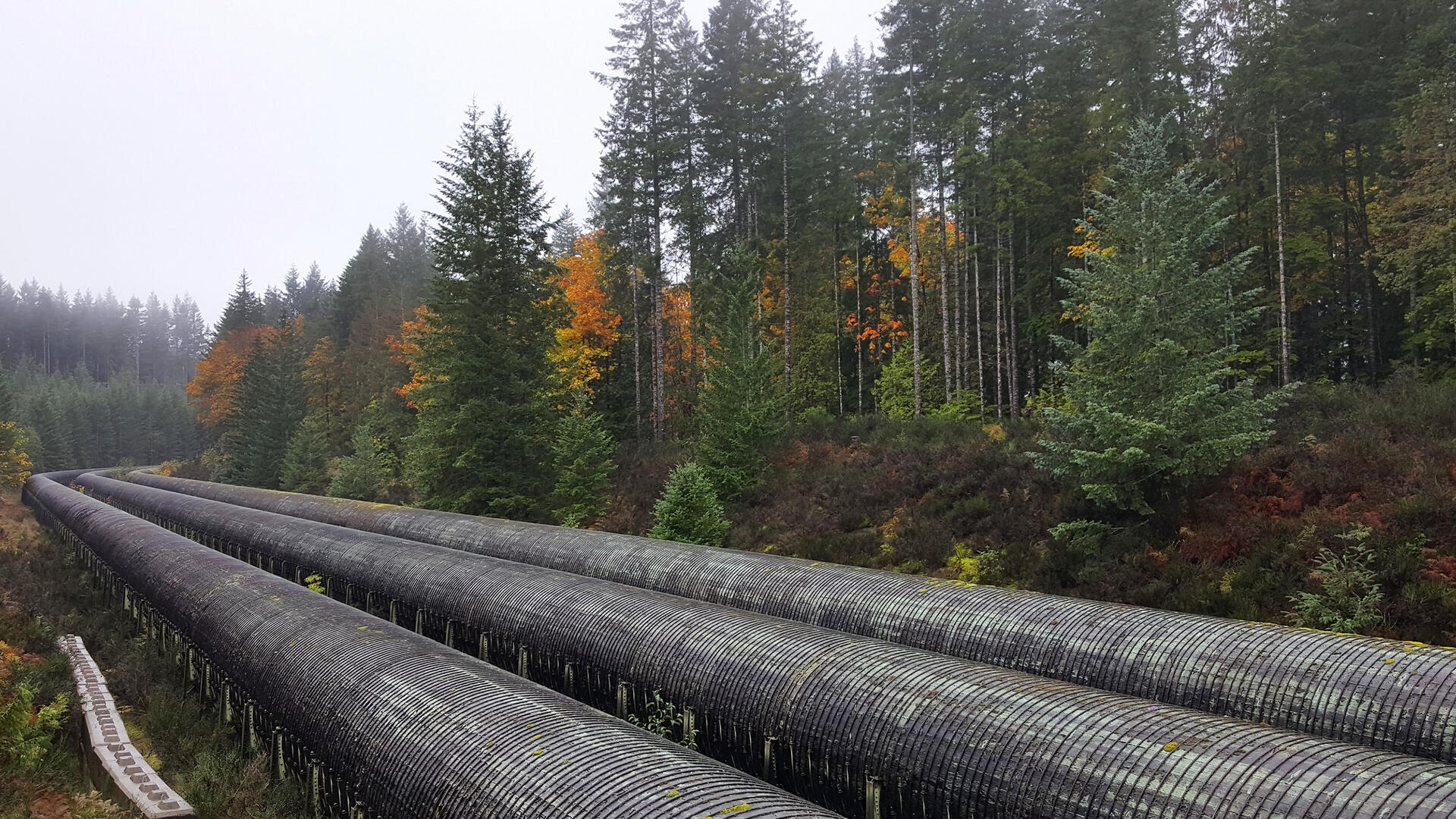
What is the current dispute involving the Line-5 pipeline?
The clash centres around public concerns over the safety of the transnational 8km stretch of pipeline, referred to as the Line-5 pipeline, running underwater through the international Straits of Mackinac connecting Lake Huron and Lake Michigan.
The State of Michigan wants to halt the operation and revoke Enbridge's easement to use the lake bottom for its pipelines. This effort continues to fuel a legal dispute between Canada and the United States. At stake is the ecological health of the Great Lakes and a project moving 540,000 barrels of oil daily, which are increasingly in-demand given rising oil prices due to sanctions from Russia's invasion of Ukraine.
What specifically do Michiganders fear about this particular underwater pipeline?
Besides the fact that every oil spill poses an immediate threat to every part of an aquatic ecosystem, Line-5 is in a somewhat unique position as the nexus of two ice-covered freshwater lakes. Since the lakes freeze over in the winter, our recent study explored the storage capacity of ice in the Straits, and what might happen if a spill were to occur at various levels of ice cover.
Several models have already been developed to predict the amount of shoreline affected in a potential spill in open-water conditions. But our study examined the consequences of a spill happening when the Straits are totally frozen over. We worked out how oil could be stored beneath the ice. If such a spill were to happen, it would lead to complicated detection and clean-up strategies. So, there is some danger that if oil is released under ice, it would have an even more devastating impact on the environment than a spill in open water.
What will determine if the pipeline will be shut down?
Following an incident involving a boat's anchor damaging the line, public pressure led Michigan's governor to temporarily order Calgary-based Enbridge Inc. to shut down the pipeline that supplies refineries in Sarnia, Ontario, and has moved to revoke the 1953 easement to operate the pipeline on the lakebed. Negotiators on both sides must consider that the Line-5 pipeline is currently 70 years old. Plans for a new tunnel project to enclose a replacement to Line-5 have been proposed to protect the aquatic environment in the event of a leak. But for now, that's only a plan.
Political ideology and disinformation also play a part in how this will play out. In a parallel study of ours, we got a sense that not everyone was equally informed about the risks. There is a lot of disinformation in the debate. Ideological, social and cultural factors influence perceived risk to pipelines. Russia's war on Ukraine and the lack of supply of oil are likely to polarize decision-makers even more.